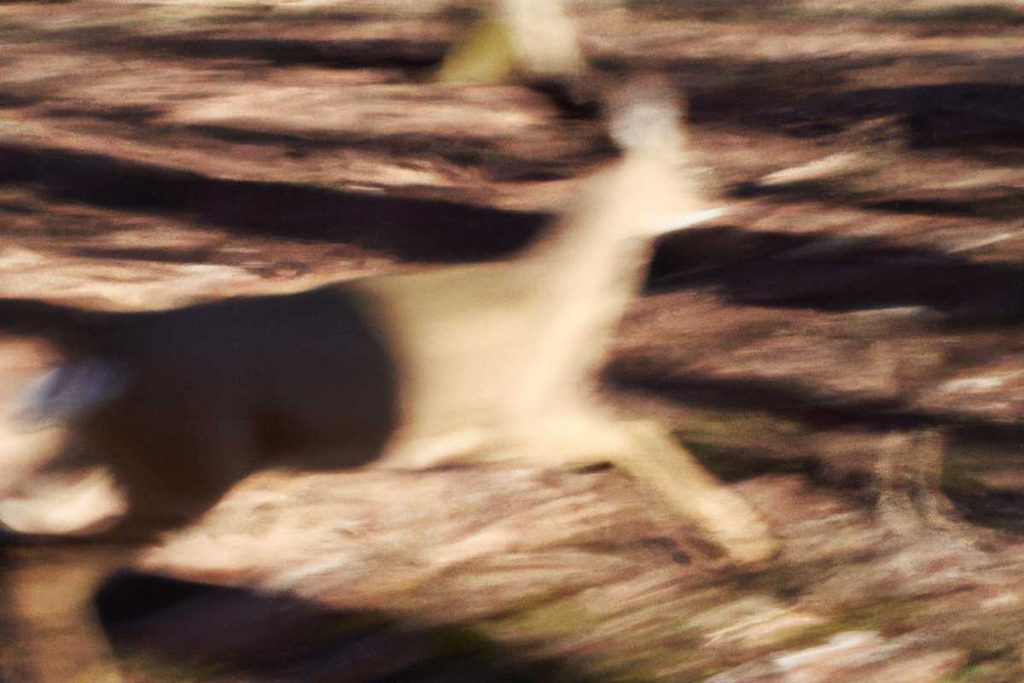Now, more than ever, the topic of at what distance a crossbow will effectively kill a deer comes under continual speculation.
Many factors at play drive such speculation, perhaps none of which is as noteworthy as the technical advancements that have been made over the last decade as they pertain to the crossbow industry.
Crossbows can now be shot more accurately, at greater distances, than they could as recently as a decade ago.
Due in large part to drastic increases in speed, today’s crossbows shoot much flatter than those of yesteryear.
However, this begs quite a compelling question. With such modern technical advancements, what is the maximum effective range of today’s crossbows?
In general, you should not shoot a deer beyond 40 yards with your crossbow.
Contents (Jump to Topic)
ToggleHow Far Is Too Far?
While no true line in the sand indicates the maximum distance at which shots should be taken on a whitetail using a crossbow, 40 yards is generally considered a safe outer limit in terms of distance.
While a proficient crossbow shooter could likely execute a shot at a slightly greater distance in open terrain, exceeding this mark by large margins is seldom a good idea.
This distance shortens dramatically when shooting amongst the brush or attempting to execute shots on deer not standing perfectly broadside.
Either scenario tends to complicate the matter hitting a deer’s vitals. Under such circumstances, one is likely better off shortening their range to a maximum distance of roughly 30 yards.
Limiting Factors
A good case can be made for not extending shots of live game to distances exceeding 40 yards.
Beyond this distance, there are too many variables at play that threaten to compromise even the most accurate of shots, thereby risking a non-lethal or less-than-optimal hit.
As responsible hunters, we must keep such instances to a bare minimum.
One of the most noteworthy factors that threaten to compromise one’s shot accuracy at distances beyond 40 yards is the increased reaction time presented upon an arrow or bolt’s release.
Deers react quite hastily to the sound of an arrow/bolt’s release, no matter how slight this sound might be.

This reaction can easily cause a shot to miss its mark at lengthy distances as the time from release to impact increases.
It is also important to consider that an arrow’s flight path is not perfectly straight and is more arching in nature than many would tend to assume.
This arc is significantly more pronounced when taking shots at greater than-average distances.
As a result, a hunter’s arrow or bolt can easily impact brush that might not have been readily visible when aiming.
The Kinetic Energy Consideration
Many hunters also fail to realize that accuracy is not the only limiting factor when determining their crossbow’s maximum effective range.
One must also understand that downrange kinetic energy, or a lack thereof, can literally make or break a shot in terms of lethality.
Simply put, kinetic energy is the measure of power driving an arrow toward and into its intended target.
Without sufficient kinetic energy, an arrow will not penetrate its target as it otherwise should.
An arrow or bolt’s kinetic energy is greatest immediately after being discharged from a crossbow’s string.
This energy also dissipates rather quickly with each yard of arrow flight, meaning that a bolt or arrow strikes a target with much more kinetic energy at 20 yards than it does at 50 yards.
Therefore, one is far more likely to achieve a clean passthrough when taking shots at a reasonable distance than they do when taking lengthier shots.
This illustrates a compelling point that many archers ponder on an ever-frequent basis.
Just because you can group arrows or bolts tightly at extreme distances does not mean that shots of this distance will prove as lethal as we would anticipate when shooting at game.
This, alone, should be enough to prevent shots at ill-advised distances.
read.. where to shoot a deer?
Quality vs. Distance
Much of the appeal surrounding bowhunting, whether with a vertical bow or crossbow, has surrounded getting up close and personal with the game we pursue.
This is true today as it was 100 years ago, despite modern archery equipment proving more accurate at greater distances than bows of the past era.
Despite these modern advances, our responsibility as archers is only to take shots that are presented at a reasonable distance.
After all, as stewards of the land, we owe this level of responsible thinking and reasonable self-oversight to the game we hunt.
Above all else, we must remain disciplined enough to turn down all shots and opportunities of less-than-optimal quality.







